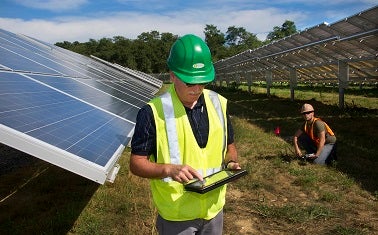By: Tom Murray, VP Corporate Partnerships
 This past year, we’ve seen some bold action by companies in what we’ve dubbed the business-policy nexus, and it’s taking several different forms. Some have been calling for state or federal action on environmental impacts, while others are taking far-reaching voluntary efforts that could help support policy advocacy in the future.
This past year, we’ve seen some bold action by companies in what we’ve dubbed the business-policy nexus, and it’s taking several different forms. Some have been calling for state or federal action on environmental impacts, while others are taking far-reaching voluntary efforts that could help support policy advocacy in the future.
Whether you view engagement on public policy as risk mitigation, providing market certainty, supporting corporate sustainability goals, or securing competitive advantage, leading businesses are increasingly stepping up their efforts to support smart policy reform that will benefit the environment and economy.
Keeping toxic chemicals out of supply chains
Walmart and Target are moving to proactively get harmful chemicals out of their supply chains, even though the nation’s main chemical safety law, the Toxic Substances Control Act (TSCA), is outdated and hasn’t been reformed in nearly two decades. Read More














